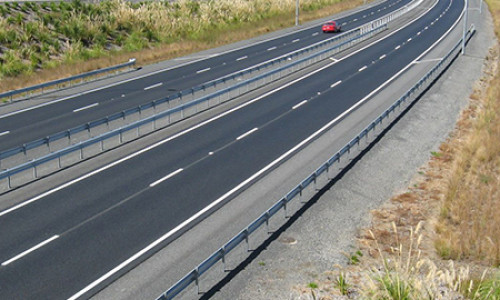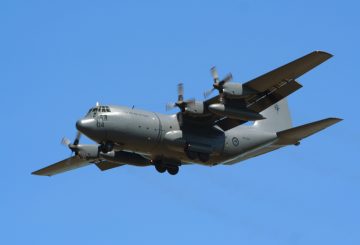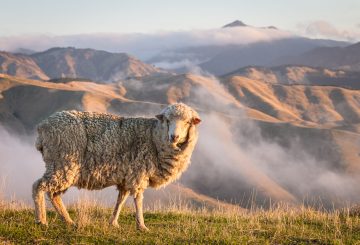升级新西兰最危险的交叉路口之一的计划可能是南怀卡托的经济决策。
2020 年初,政府宣布了一个 5,800 万美元的项目,在蒂劳以北的 Piarere 国道 1/29 十字路口安装一个环形交叉路口,经过多年严重坠毁。
尽管该项目直到 2022 年才会启动,但怀卡托河步道总经理 Glyn Wooller 正在尽早进入,以确保其未来适合步行者和骑自行车者。而且他有很大的愿望。
这包括扩大河道,可以说已经成为该地区最大的休闲吸引卡,从霍拉霍拉路附近的 Pkaihenua 停车场到新的环岛。在一个通常为快餐和汽油店保留的地区,他希望建立一个自行车中心作为通往该地区的门户。
伍勒在 1 月份的会议上向南怀卡托区议会发表讲话时表示,他正在早期与 Waka Kotahi 新西兰运输局(NZTA)和 [engineering consulting firm]WSP 讨论他的想法。
他说:“我相信有一个很棒的机会可以将步道延伸到十字路口,这是一个非常高调的地点。”
“这将不到 4 公里,我们的想法是建立一个通往河道的门户和通往南怀卡托的门户,因为我们吸引的人越多,我们获得的经济发展和形象就越多。”
伍勒表示,在环岛附近设立一个枢纽将使该区能够利用每天经过的 15,000 人。
他说:“回旋处的定位尚未建立,但可能与当前的交叉路口走向 Matamata 稍远一点。”
“这意味着目前的道路将会有一些空置的房地产,我知道还没有为麦当劳或英国石油公司等服务区做出规定。
“如果能以某种方式将土地用于我们作为一个枢纽,在那里我们可以推广怀卡托河步道和其他小径,那将是太棒了。
“当然不能保证,但这是我的愿景。”
议员哈米什·戴恩支持这一概念。
他说:“这将是一个绝佳的机会,拥有电动汽车(EV)充电站,电动自行车,你的名字。”
市长珍妮·沙特托克同意。
[would be]她说:“我们与 Matamata-Piako 和 Waipa 挂钩,这些都是大型游乐设施,这真的很激动人心。”
“我一直支持怀卡托河小径。多年来,我们作为一个地区获得的影响和经济效益是巨大的。”
伍勒表示,该项目将需要由新西兰自由贸易协会、理事会、商业、创新和就业部最近提供的一笔赠款以及其他各种合作伙伴提供部分资金。
他说:“如果我们有河流试验的开发和延期计划,那么新西兰自由贸易协会更有可能进行这种投资,因此我们正在该领域积极开展工作。”
来源东西:https://www.stuff.co.nz/waikato-times/news/300212148/waikato-intersection-upgrade-spurs-economic-hopes-for-popular-trails






























































